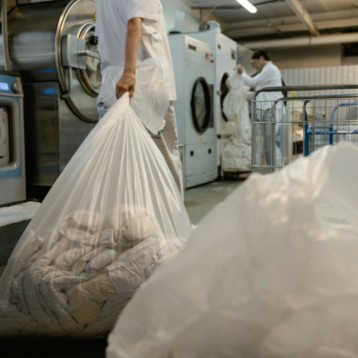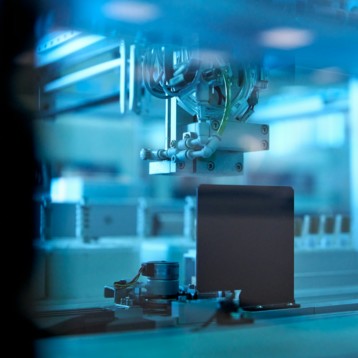Canon announced today that it successfully developed a super high-sensitivity full-frame CMOS sensor developed exclusively for video recording. The new Full HD sensor can capture light no other comparable sensor can see and might have multitude of applications in the future.
Cameras are all about capturing light. The less light you have the harder it is on the sensor to create an image and the more noise you are likely to observe (as a consequence of artificial light boosting). The answer to this problem has mostly been to increase the size of the pixels (the building blocks of the sensor which capture the light just like the receptors in our eyes). However increasing the size of the pixels comes at a price – interference between neighboring pixels tend to increase the noise (exactly the thing that increasing their size is suppose to prevent).
–
–
Canon today announced a newly developed full-frame (35mm) CMOS sensor that can overcome this issue (to an extant of course) and demonstrate groundbreaking light capturing capabilities. Each pixel on the new sensor measures 19 microns square, more than 7.5-times the surface area of the pixels on the CMOS sensor incorporated the company most advanced (and expensive) top-of-the-line EOS-1D X camera released last year. In order to achieve this Canon had to employ new technologies that reduce noise at the sensor’s pixels and readout circuitry, which as we mentioned above – tends to increase as pixel size increases.
–
–
The newly developed technologies allows the sensor to capture remarkable clear videos even at the most dimly lit environments with as little as 0.03 lux of illumination (about as bright as the crescent moon- a level of brightness in which it is difficult for even the naked eye to perceive objects).
–
–
In a video published by the company (see below) the new sensor is set to capture a room illuminated only by the light from burning incense sticks (approximately 0.05–0.01 lux) and video of the Geminid meteor shower. The video clearly shows a huge difference between the 3 sensor CCD camera and the newly developed CMOS sensor.
–
–
Currently the sensor is in a prototype form only and the company is looking for applications which should include at least initially astral photography. However even if the sensor itself will remain only a technology demonstrator – it is clear that the basic technology developed by Canon will see its use in future commercial cameras in years to come.
–
–
This is not the first time Canon is showing a newly developed sensor technology (in a prototype form). During 2010 the company showcased the largest CMOS sensor in the world as well as the highest resolution APS-C sensor (the most commonly used sensor in DSLR cameras) with a whooping 120 megapixel resolution.
–
You can find more information on the Canon press release.
–
An official Canon video showing the capabilities of the new sensor
You can find more information on the Canon press release.
–
An official Canon video showing the capabilities of the new sensor












